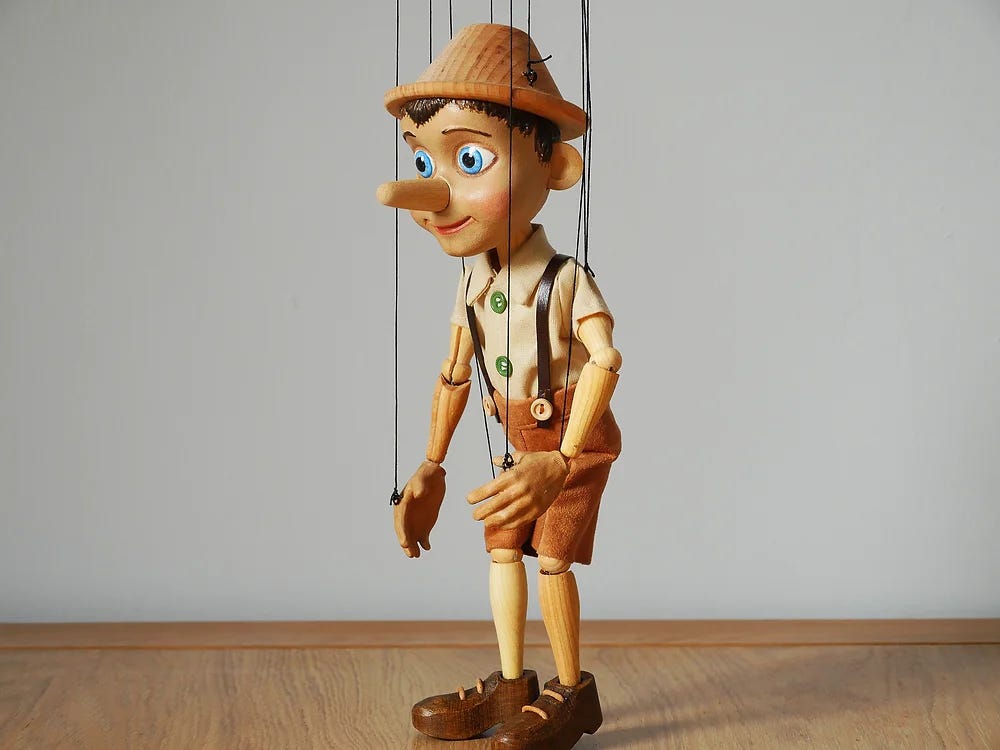I want you to grab an object near you and hold it aloft.
Got something? Nice one, you can put it down now. Thus ends the practical part of this post.
How did you perform this simple feat; effortlessly carrying out your will in the world? This may seem like a trivial question to ask but consider this - your hand can move 360 degrees around your wrist, your elbow moves about 180 degrees, your shoulder also moves a whole range of motions.
This means that there are essentially infinite combinations of movements (‘degrees of freedom’ in robotics language) that your body could choose to pick up the item. Add in the the angle from which you could pick the object up, and all the other movements of your body and you can see that action presents a computational minefield. It’s not immediately straightforward how our brains and bodies coordinate to make this happen efficiently.
Reaching out and picking up touches on a fundamental question in life - how does our brain help us take the actions we need to to survive? In this post I’m going to explore one answer to this question, and extend it to how a team can go and act in the world in accordance with its goals.
I’ve already written about Predictive Processing, but as a quick summary - our brains make predictions about the world, which form the starting point in all our sensory experiences. Whenever we see something, hear something or touch something, our experience arises from the meeting of the incoming sensory information with our prior prediction. If the prediction doesn’t match the sensory information, this is called ‘prediction error’, and our predictions and models get updated to minimise prediction error. This is the key idea - that our brains are constantly trying to minimise prediction error and this is how we make sense of the world.
Another way in which we use prediction error to survive is through action. In The Experience Machine, philosopher Andy Clark makes the argument that when we move, our brains first predict and simulate what the outcome of the movement will be.
So if I want to reach over to pick up my coffee cup, my brain makes a quick internal simulation - a controlled hallucination - of me picking the cup and then predicts me doing that. This causes prediction error, because my prediction of picking up the cup isn’t matched by the sensory information. My brain then minimises prediction error by making me do the actions I’ve simulated - in this case, picking up the coffee cup.
This is more efficient for our body, because the alternative would be for our brains to have to make a tonne of costly calculations about how to move each muscle to achieve a goal. The predictions allow us to work 'backwards’ - so to speak - from the outcome. This is called the Passive Motion Paradigm.
Take a look at puppeteer Ricky Syers and his remarkable dancing marionette Stix.
Sysers doesn’t need to think about every joint in the puppet articulating and moving. Instead the string pulls, and the body with all its joints and limbs self-organises into an orientation that creates movement.
So too, our brains predict and simulate the movements which allows a computationally light way to pull all the elements of our bodies efficiently towards an action in the same way that the marionette’s strings are pulled and its body self-organises towards the movement.
The Passive Motion Paradigm describes an energetically efficient way for an organism to use its body to achieve goals. I’d like to make the case that a team can do the same thing. This is the value of Sprint Goals.
In Scrum, the Sprint Goal is an artefact representing the desired output of the Sprint. The team gets together at the beginning of every sprint in Sprint Planning and agrees the goal - the desired end state to achieve by the end of the sprint. Each Sprint Goal represents an incremental step towards the overall product goal. A Scrum team makes progress by achieving a sequence of valuable Sprint Goals.
To quote the Scrum Guide:
‘The Sprint Goal also creates coherence and focus, encouraging the Scrum Team to work together rather than on separate initiatives.’
In this way, the Sprint Goal is a collective hallucination of the desired end state. The Sprint Goal is the team equivalent of my brain’s controlled hallucination of me picking up the coffee cup. Once we have a Sprint Goal, the team minimises prediction error by self organising into coherent action that will achieve the goal. The Sprint Goal is like Stix’s strings, pulling the team efficiently towards end state.
This underscores the importance of collaboratively writing meaningful Sprint Goals. Check out Maarten’s substack for more guidance on writing effective Sprint Goals, and bear in mind all the ways in which Sprint Goals enable collective predictive processing.
That’s all for this week. If you like this, please do support this substack by subscribing, telling a pal about it or even upgrading to paid.




